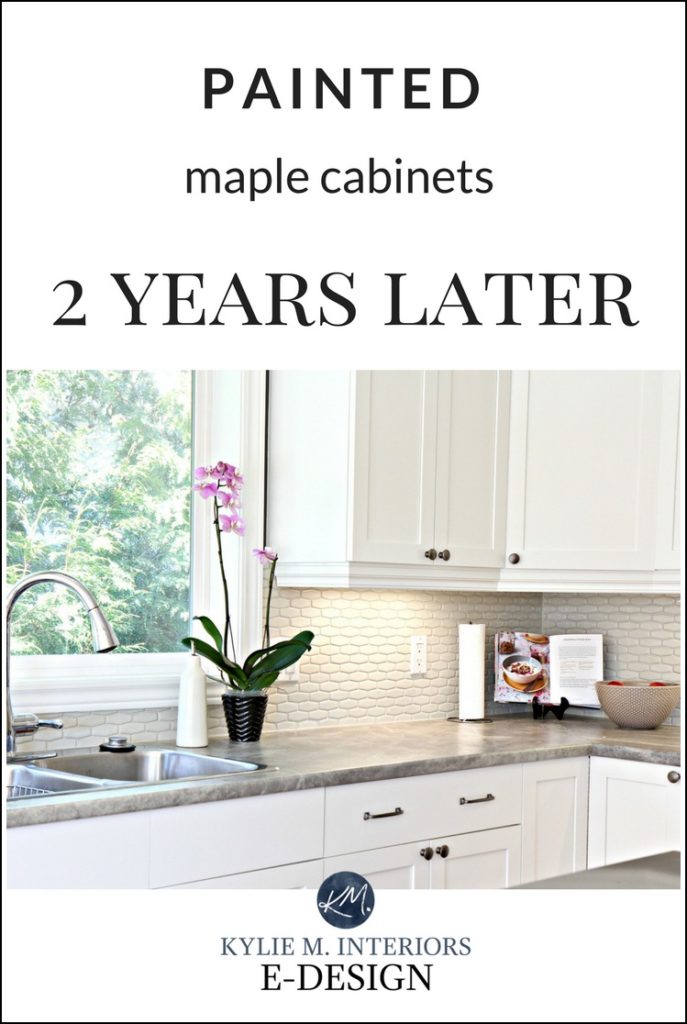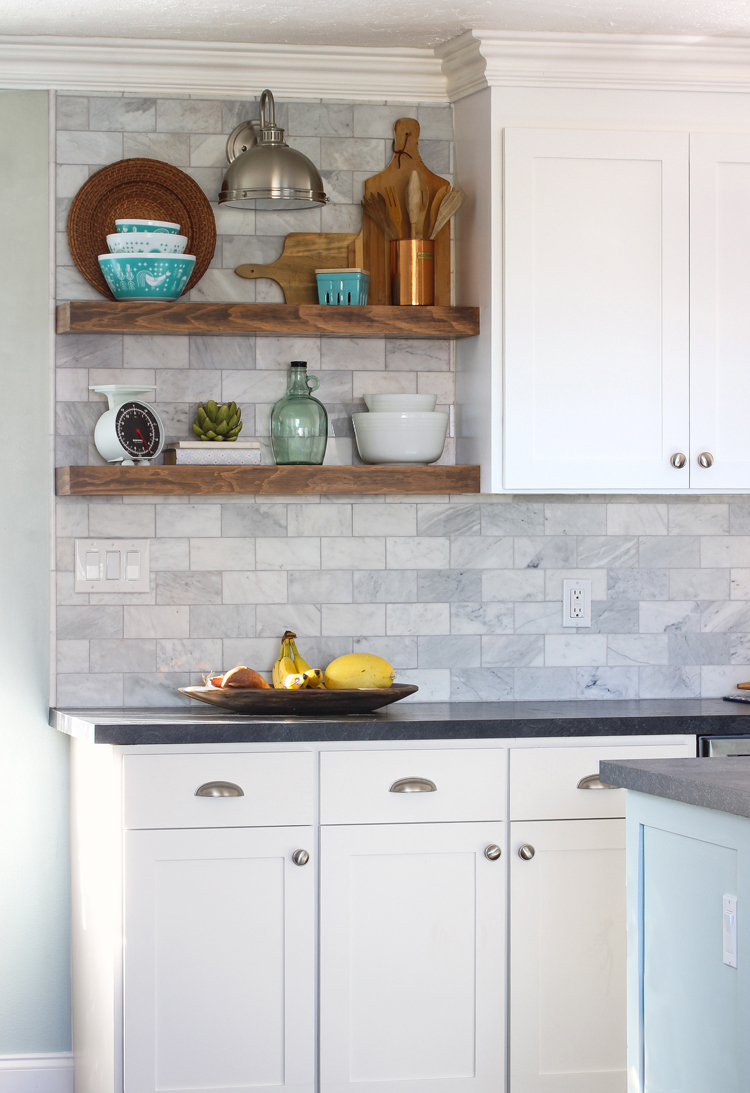If it hardens completely, sand it smooth. Sand all surfaces with the grain using 100-grit paper. To make certain no littles dust mar the surface, vacuum the cabinets inside and out, then rub them down with a tack cloth to catch any debris that the vacuum misses. Dee says, "Hand sanding is the very best strategy on oak due to the fact that you can push the paper into the open grain, which a power sander or sanding block will miss. Cabinet Painters 28278." When utilizing a tack cloth, unfold each new fabric completely, down to one layer, then crumple it to get the greatest dust collection surface area.
However they simply sink into open-grained woods such as oak, ash, mahogany, or hickory. Brushing putty, the pudding-thick, oil-based covering Dee used on these oak cabinets, fills the grain as it primes the wood. A number of cautions: It needs to be applied with a good-quality nylon-polyester brush, which you'll need to get rid of after each coat.

Beginning at the top of the cabinet, brush on the primer or brushing putty across the grain, then "tip off" pass the brush gently over the damp surface in the direction of the grain (Cabinet Painters 28227). Constantly tip off in a single stroke from one end to the other. Offer it a day to dry.

Sand any profiled surfaces with a medium-grit sanding sponge. When you're done, everything ought to be glass-smooth. Follow the hidden structure of the cabinet or door with the brush. Where a rail (horizontal piece) butts into a stile (vertical piece), for instance, paint the rail initially, overlapping slightly onto the stile.
10 Easy Facts About Rust-oleum Cabinet Transformation Cabinet Painting Contractors Near Me Kit Cabinet Painting 28205 Tips And Cabinet Painting 28209 Tricks - Rock ... Explained
Where a stile butts into a rail, paint the stile first. Squeeze a thin bead of latex caulk into any open seams. Pull the suggestion as you go, then smooth the caulk with a moist finger. Fill any small dents, scratches, or dings with vinyl spackle, smoothed flat with a putty knife.
Spot-prime the spackle, and any spots where the brushed-on guide is "burned through," with a spray can of fast-drying oil-based guide. Wait an hour, then sand the guide gently with 280-grit paper. Vacuum all surfaces, and clean with a tack fabric. The hole in a caulk tube's pointer ought to be no bigger than the pointer of a sharp pencil.
Work from top to bottom, applying the paint throughout the grain, then tipping it off with the grain. For cabinet interiors, apply the paint with a smooth-surface mini roller, which leaves a minor orange-peel texture. Sand all surfaces with 280-grit paper, then vacuum and tidy with tack fabric. Cabinet Painting. For the last coat, break out a brand-new brush.
Brushes get dust, so always pour paint into a separate container to avoid contamination of the paint in the can. If any paint is left over, pour it back into the can just through a fine-mesh strainer. The method for prepping and painting doors, drawers, and shelves is the same as on the cabinets, other than that all the work is done on a table to lower the chance of drips, runs, and sags. Cabinet Painting 28210.
More About Valspar Cabinet Enamel Paint Review - This Full Life 5
Follow the exact same preparation series when it comes to cabinetsclean with deglosser, fill the holes, sand, vac, and tackand the same priming series: in this case, two coats of brushing putty. Smooth the flat surface areas on the panel and the frame with a random-orbit sander. On bevels or profiles, use effort and a medium-grit sanding sponge.
/midsection-of-man-painting-window-sill-at-home-1161773402-0ccbdc45f25a435aa09eacb5d0bffb34.jpg)
When priming or painting paneled doors, brush in the list below series to get the best-looking surface area in the least amount of time: begin with the area around the panel, then do the primary field of the panel, then finish with the stiles and rails around the edges. As you go, clean up any paint that winds up on surrounding dry surface areas. Cabinet Painting.

After vacuuming and tacking all the surface areas, spray a fast-dry primer on any areas with spackle or bare wood where the sandpaper "burned through" the primer. Wait an hour before sanding - Cabinet Painting Contractors 28212. Remove all dustfirst with a vacuum, then with a tack clothand use the finish coat. Tip it off with the grain.
Vacuum and tack every piece, then brush on the last coat. To avoid drips on outside edges, pull the brush towards them. To avoid drips in corners, initially discharge the brush by removing the paint, then paint by pulling the brush away from the corner. If a drip laps onto a dry surface area, wipe it up right away.
10 Easy Facts About How To Paint Furniture Without Brush Marks - Salvaged ... Shown
John Dee, a perfectionist, prefers to do one side at a time, keeping the faces flat so they don't get runs. But that's 48 hours of drying time per doorone day per side. Here's his technique for painting both sides in a day. Twist 2 screw hooks into holes drilled in an inconspicuous door edge (the lower edge for bottom cabinets, the upper edge for top cabinets).